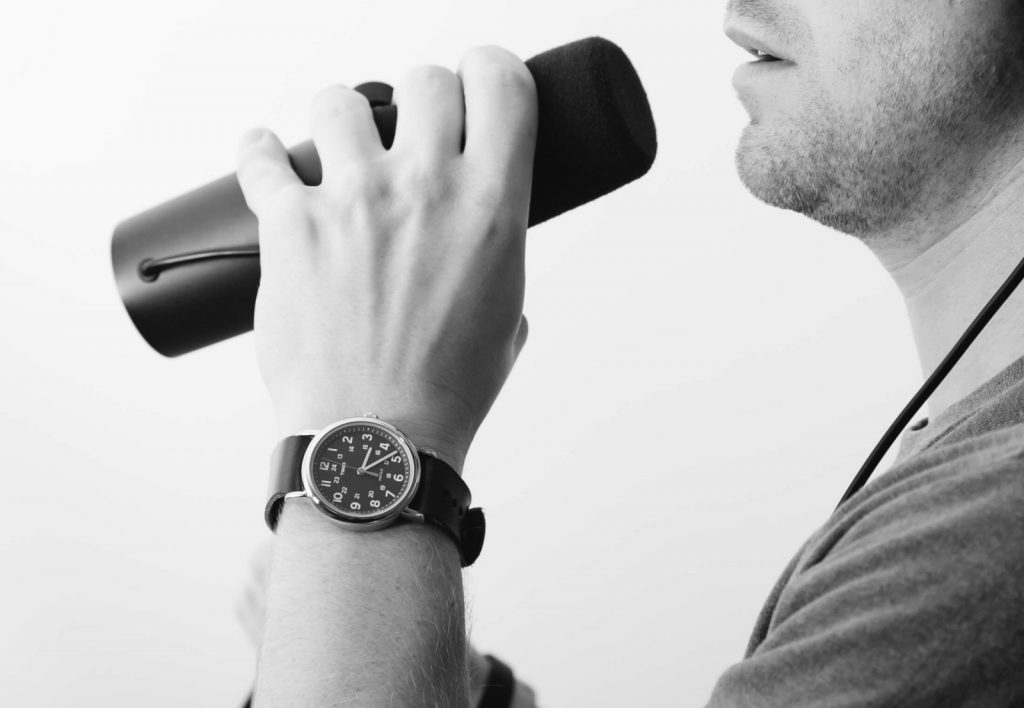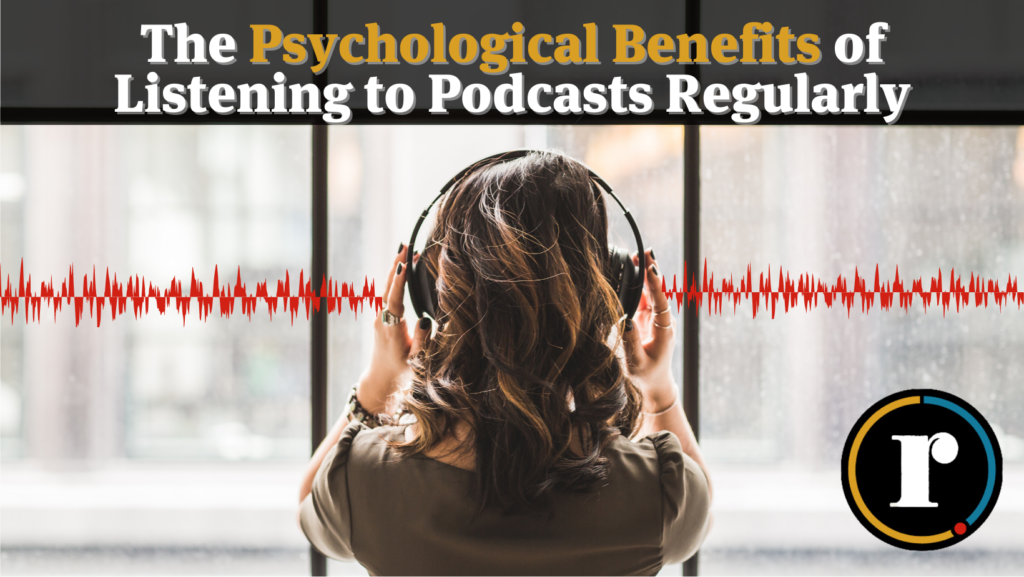Choosing the right time to release your podcast is an important step in the launch process. How many episodes should you publish when you launch? What day of the week or hour of the week is best to publish?
These questions are crucial for new podcasters planning to launch a new show and for seasoned podcasters looking to optimize their posting schedule.
In this blog, we’ll spend the first half discussing the best day and time for scheduling your podcast, and why developing a consistent schedule for your show is important to growing a loyal audience. In the second half, we’ll show you how to reverse engineer the steps to launching a new podcast. So let’s dive in.
Why your publishing schedule matters
When will you release your episodes? This question has to be answered before anyone can ever press play & enjoy it. Ideally, by this point, you’ve already done all the hard work.
You’ve considered. You’ve brainstormed. You’ve decided. You’ve bought equipment & even made your first recording.
What you need help with now is knowing the best time to let others start to hear it. Countless people ask questions about this topic. Honestly, probably every podcaster has.
- What is the best day and time to publish?
- How many episodes do I launch with?
- What will my regular posting schedule be?
These are all great questions worth considering. Let’s discuss this.
What is the best day and time to schedule a podcast?
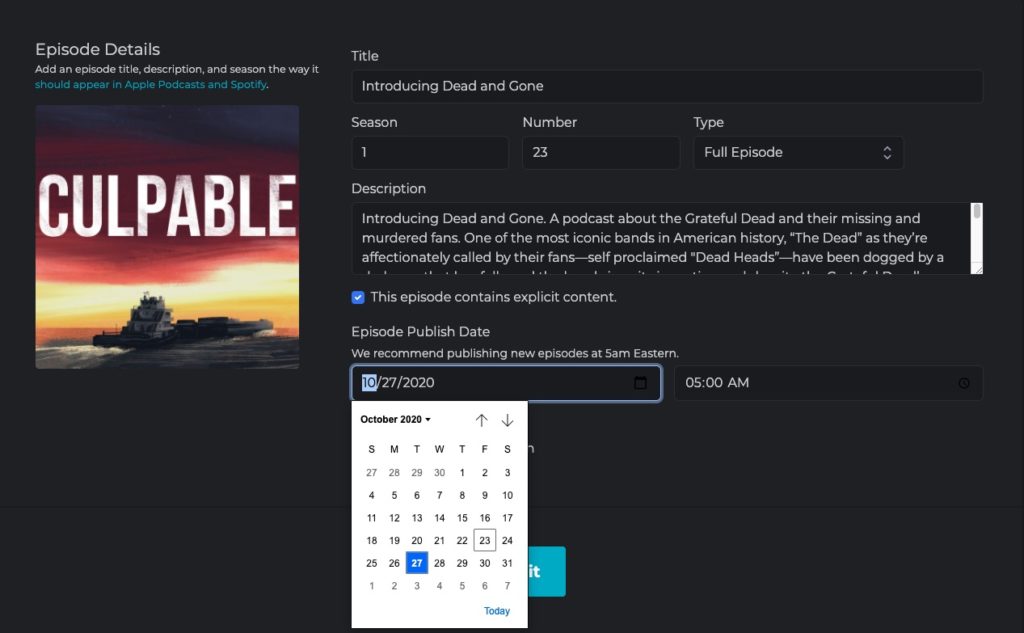
Research from Megaphone reveals that most podcasters publish the newest episodes on Wednesday, Tuesday, and Thursday (in that order) between 2 AM and 5 AM, with 5 AM gaining the max amount of downloads.
According to Megaphone, podcasts that publish episodes on Tuesdays at 5 AM are downloaded the most. The second-best time to publish episodes is Wednesday at 2 AM.
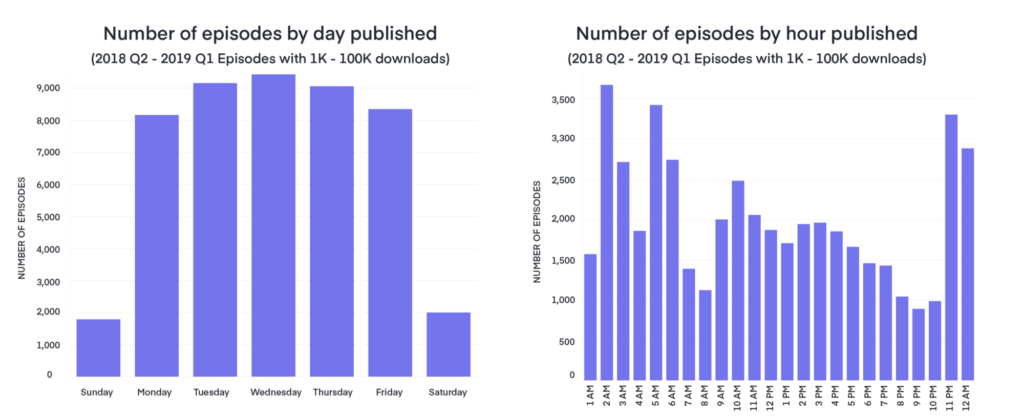
Each podcast has a unique audience, so your mileage may vary, but we recommend that you post new episodes at 5 AM EST on Tuesdays, Wednesdays, or Thursdays. There are several benefits to scheduling out your content early in the morning in the middle of the week.
Beware the midnight hour
One important thing: Please do not publish your episodes at midnight. If you publish your show too early in the morning (aka midnight), then you run the risk of getting your podcast buried underneath other shows in directories like Apple.
Why? Because if your podcast gets published at midnight and shows up in my feed on Apple Podcasts, but then 3-4 other shows launch episodes at 2, 3, and 5 AM, then your show might get buried at the bottom of the list.
According to Megaphone, shows that get posted around midnight have much lower downloads than shows that post from 2 AM to 6 AM.
Early mornings put you at the top of your subscriber’s feed
Releasing your episode first thing in the morning greatly increases the likelihood that your episode will appear at the top of your subscriber’s feed on Apple Podcasts, Google Podcasts, Spotify, etc. It’s best to get your podcast live on the platforms first thing so that they will be available for other marketing campaigns, like sharing a link on social media or including the show in an email newsletter.
Leave buffer time for podcast directories to refresh your feed
Podcast directories pull content from an RSS feed by running periodical “refreshes” and pulling content from the feeds. This means that there is often a lag time between when you schedule an episode to go live and when it is available on an app like Apple Podcasts. This has frustrated and confused many of our clients. That’s another huge reason that we recommend launching your episode at 5 AM – it gives some great buffer time for the directories to run a refresh and make sure your content is live before 7 or 8 AM when many listeners may be excited to tune in for some early morning infotainment.
Work across multiple timezones
If you are podcasting in North America, posting new episodes at 5 AM EST is excellent because it ensures your content will be available first thing in the morning across both the East and West coasts. Consider studying what time zone your listeners are tuning in from to further optimize when you release new episodes.
Caveat: you should listen to your specific audience data
While we generally recommend that you post new episodes at 5 AM between Tuesday and Thursday based on the data from Megaphone’s research and the general trend in podcasting, we have to be honest and let you know that your mileage may vary. Just because this trend is generally accepted does not mean it will instantly boost your show’s performance.
Once you develop a listenership & can begin to track your analytics, you may better be able to decide what time of day is best to gain ongoing traction for new listeners & retaining your current ones. Maybe your audience dials in more when you release early in the morning when they’re on their way to work. This might be true for the life coach podcaster who seeks to inspire their listeners to start their day right. But I would guess that a large majority of thriller & mystery-themed podcasts are consumed at night. I mean, who wants to sit on the edge of their seat before their first cup of coffee is even down? The point is, discover what is best for your listeners as time goes on & adapt accordingly if you feel you need to. But if the numbers mean anything, it probably won’t matter much unless your content is time-sensitive or intended on covering breaking news.
Other podcasters have offered their feedback on the topic & some have even shared about their experiences in tracking the analytics, but it’s all somewhat subjective. Don’t be afraid to experiment for yourself and study your podcast analytics to learn what’s best for your audience.
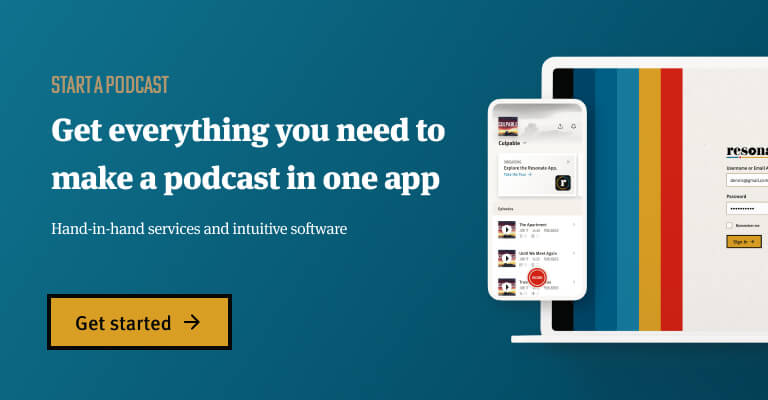
Should I adjust my podcast publishing schedule?
What if you already have a pre-existing schedule for when you release your podcast? Should you change your schedule to post on Tuesday or Wednesday at 5 AM? Well, that depends.
If you have a dedicated audience that knows you drop episodes every week at a specific day and time, you should be very careful about changing your schedule. Put another way, if you get a large number of downloads within the first 2 days of posting a new episode, you should think long and hard before changing your schedule.
But if your downloads are more spread out over the first 7-30 days, then you probably have fewer people who are going to be affected by this change.
Another thing to consider is what type of podcast you have. If you have a podcast that is posting evergreen content (ex: How to start a business) then it’s probably not as important what day or time of day it drops. You will be serving your audience with that information on-demand whenever they want it for months and years to come. But if you have a serial true-crime podcast that is dropping news on an active investigation, your content is time-sensitive, and therefore changing your schedule could have a great impact on your audience.
Ultimately you have to make a decision that is the best fit for your podcast and your specific audience. Changing your publishing time is not going to revolutionize your podcast growth, but it might just give you a nice uptick in downloads if you get your podcast in front of more listeners.
If you do change your schedule, make sure you communicate it clearly with your audience. Let listeners know in your intro and outro about the change to your schedule, and ask them to tune in at that time next week.
How often should you release a podcast?
There are several things to consider when planning a release schedule for your podcast.
There are three main approaches to scheduling your podcast:
- A Consistent schedule
- Netflix style: Drop a full show or season on one day
- No set schedule
Let’s break down the benefits and downsides of these different strategies.
1. A consistent schedule
A consistent schedule can help your audience to build habits around your podcast. Since the dawn of AM/FM radio and TV shows have been using consistent publishing schedules to build listener habits. “New episodes each Sunday.”
We believe it’s more important to be consistent than to post frequently. Put another way, it’s better to release consistently than to post daily or weekly and then burn out faster and slip into podfade.
Apple lets you select how frequently you release new episodes in Apple Podcasts Connect. Their list of frequencies is a great place to get started when trying to decide how you should plan your show.
They offer the following choices for frequency:
- Daily
- Weekly
- Semiweekly (twice a week)
- Biweekly (every other week)
- Monthly
- Semimonthly (twice a month)
- Bimonthly (every other month)
- No set schedule

2. Netflix style: Dropping a full show or season on one day
The next most popular way to publish your podcast is Netflix style: dropping a full show or season on one day. This method is often used by narrative-style podcasts and True Crime podcasts. This is also an effective method for evergreen content. If you are publishing content that will be relevant to listeners for months and years to come, then you can batch the creation of your show, plan it, then drop it in one day and start promoting your show to grow your audience.
3. No set schedule
We do not recommend this strategy, but some podcasters prefer the spontaneity that comes with not setting a publishing schedule. If you decide to take this approach it can free you up, but it can also stunt your growth if you don’t consistently create new content.
Before you decide to do no set publishing schedule, I’d recommend asking yourself if you could do a slower consistent schedule. Can you do a bi-weekly or monthly schedule? If not, maybe switch to a bi-monthly. Remember, you can always create more than you release.
As you can see, there are several different ways to approach scheduling your content. At the end of the day, you need to do what is best for your specific audience. Find a routine that works for you, consistently, and keep creating.
Why a consistent publishing schedule is crucial to growth
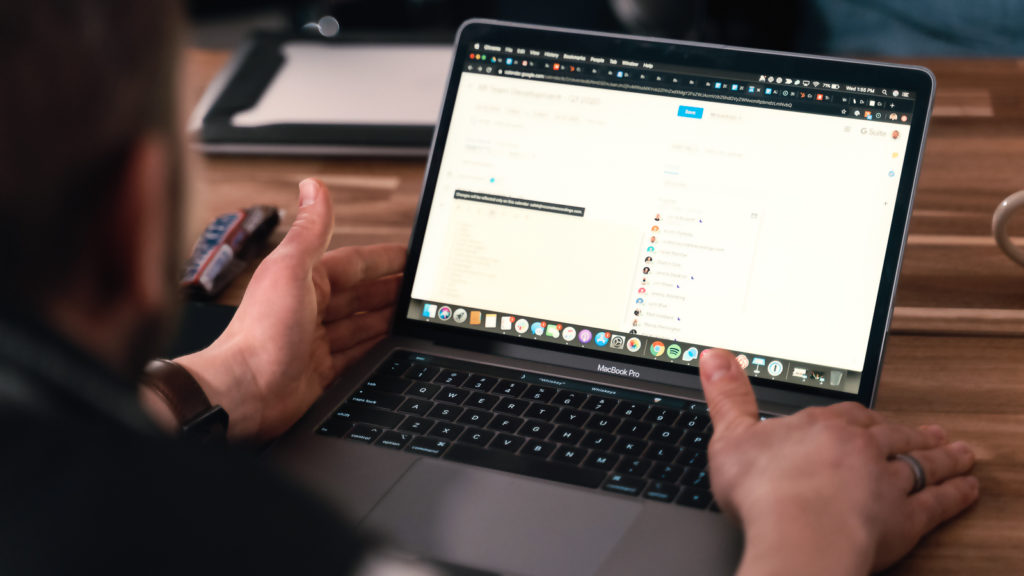
Now once you’ve created the plan, the key is to try & actually stick with it as much as possible. Life happens. Plans change. Interviews get pushed back & rescheduled. Technical errors pop up. It’s inevitable. I get it. But having a concrete plan or goal helps you to get back on track if & when you do get off of it. The main theme here I want to drive home for you is one simple thing: consistency.
Consistency is the key. More important than anything else is this little idea of consistency.
It seems so simple yet we often have a hard time with it. But its power & importance cannot be overlooked. Even if your consistency isn’t as frequent as you may want or like, content that is reliably released & well made (even if less frequent) will be better received & more excitedly consumed than podcasts that are posted more regularly but are haphazard. If you want to do a weekly podcast but aren’t quite sure you can do it well, start with every other week. Do that consistently for a period, then once you get your bearings, increase your frequency. It’s always better to have fewer well-thought-out episodes than more “wait, what did I just listen to?” kinds of episodes.
It’s always easier to increase the frequency than taper it off. Undersell & overdeliver if you have to. Especially if you’re just settling into podcasting, the need for establishing consistency will be critical as you become more comfortable & develop good, consistent patterns, you will be better able to figure out how to improve & spend the time & attention where it’s needed because you’ve got a good feel for what it takes to do it successfully. But another point before we dock the ship.
How to avoid podfade
Podfade is when a podcast either gradually or suddenly stops releasing new episodes and loses its momentum.
When it comes to being consistent, many podcasters struggle and honestly fail. Podfade often settles in. Podfade can stunt the growth of a podcast and even kill it completely. If you drop 10 episodes and intentionally end your podcast, that is fine. But if you stop creating content without a good reason, you will lose the trust of your audience and they’ll go somewhere else.
Here are several ways that you can avoid podfading.
1. Set healthy expectations for yourself
Setting clear expectations and boundaries for yourself is crucial. So many people underestimate how much work it will take to keep coming up with new ideas over an extended period. Make sure you don’t overextend yourself. Consider a biweekly release schedule instead of weekly. Get a cohost to be accountable and share the workload. Outsource your editing and mixing to win back your time.
2. Batch your work
Save time and energy by batching similar tasks together. Set aside time for planning a season or list of episode ideas, recording interviews, writing titles, descriptions, and show notes, sending emails to potential guests, etc. Batching together multiple small tasks can help you make more noticeable progress, save time in the long run, and can take the stress of your consistent podcast release schedule.
3. Stockpile episodes and schedule them out in advance
Working ahead is a powerful way to take the pressure and stress off of yourself. Record multiple episodes of your podcast in advance and always be working ahead 2-5 episodes ahead of what you’re releasing. For example, if episode 4 comes out this week, then you should be working on episode 7 or episode 9. Building in extra buffer space in your calendar allows you to stay on a consistent release schedule so that you have the freedom to miss a week of recording when life happens.
4. Take a break
I saved the best for last here. Sometimes the best way to avoid burnout is to rest, to unplug, to stop recording. Don’t be afraid to step away from your show. There are several ways to do this. First, you can break your show into multiple seasons and tell listeners you will be taking a break for several weeks/months between seasons. Second, you can batch content and work in advance so that you people don’t even realize you are relaxing on the beach because fresh content has been scheduled weeks and months in advance. Whatever method you choose, make sure you communicate changes clearly with your audience and go easy on yourself. Everybody needs a day off sometimes.
Plan your episodes
Once you choose your release schedule, it’s crucial to start planning ahead. Set a clear topic and goal for every single episode of your podcast. You want to deliver a quality product to your listeners every time they click on the play button. One simple way to think through this is to ask yourself “will people get what they expect (or even better) when they click on this episode title?” If not, you might have some more planning or editing you need to do.
💡 Pro tip: One way to generate more ideas and plan your show is to create a mini-series. Choose a topic that interests you and will be valuable to your audience and dive into 2-3 episodes about that topic.
Keep your audience updated on releases
Last but not least, always communicate with your audience. Help them understand the next step they should take in their journey with your podcast. Remind them when your next episode will release at the outro of your show.
Ideally, your listeners will learn your release schedule and sit expectantly each time a new episode is about to drop, then share it with their friends. Build trust and excitement with your audience by telling them what they can expect from you.
How to plan a podcast launch

As we roll up our sleeves I want to touch briefly on the idea of preparing for the release of your podcast. While we will deal with the nuances of which day, how many & how frequently here in a moment, I want to look at the release from the big picture perspective. Once you have an episode, or in some cases, a handful of episodes, under your belt, you will need to release them. Fair enough. We’ve mentioned that. But I want to encourage you to be thoughtful, intentional & knowledgeable about what you want to do before you do it. Don’t just “decide” to release your podcast…put some thought into it. Before you pull the curtain back for the big reveal, figure out the best way to make it worthy of a standing ovation. Or maybe at least a positive review. For you to get the results you want when you release, I think you need to give your project a little loving TLC.
Here are some helpful questions to ask yourself:
- What is our target launch date?
- How many episodes will we launch with?
- Will you have a trailer or teaser episode?
- How frequently will you be publishing new episodes?
The urge here is for you to actually develop a plan, don’t just “let it happen”. We’ve all seen good intentions that have gone by the wayside due to a lack of preparation. Before you roll out your content for others to feast on, come up with a game plan on what the rollout will actually look like.
Set a goal for yourself & work backward to know what needs to be done between now & then.
Create buffer room in your launch schedule
We’ve heard the desperate cries from more than one podcaster asking us to just get their episodes done so they can stick with their release schedule. “I just launched!” “I need to get this out!” “My release day is tomorrow & I’m still not ready!” We’ve navigated these waters with many-a-podcaster & are more than happy to do what we can to help you succeed!
But why not give yourself a little breathing room with some extra planning? In the end you will thank yourself if you carve out the time for a little thoughtful preparation. What’s this look like?
Planning ahead of time to have a handful of completed episodes done in advance is a strategy many of our clients have had great success with. That saves you from having to feel the pressure of the process immediately after release day. Now maybe that doesn’t fit your theme, style or even your personality. That’s ok.
It’s not a golden rule. But if your content can still be heard, relevant & impactful a month from now, why not take the additional time to plan ahead? Take the time to record a few extra episodes on the front end & give yourself a chance to watch it all unfold. There’s nothing worse than having to come off of the excitement of the rollout just because you have to get back to work to stay on schedule.
We recommend adding in a buffer week when you launch.
💡 Pro tip: Major US holidays like Thanksgiving and Christmas may slow down Apple’s approval process. Check the calendar whenever you plan your podcast launch to make sure you choose an uncrowded time.
Launch with a trailer episode
I want to ask you an important question. How much have you thought about your first episode? Seriously. I know you have great stuff you want others to hear. I know your episodes are just so juicy that people will find it unbearable to get through the off-days until you release more content for them to devour. But honestly, how much time & attention has been given to the first exposure others will have to your new venture? This is something you need to think through carefully.
It’s the old adage about first impressions being everything. Make sure your first episode is an accurate depiction of what your listeners can expect. If you’re new at podcasting you will improve & refine things over time. That’s to be expected. But there’s nothing worse than tuning in to a podcast to hear something that isn’t all that interesting or impressive.
Be thoughtful about what your listener’s first exposure to the podcast will be. Is it engaging? Motivating? Will it make them interested in coming back? Does it accurately describe what they can expect in episodes 2-200? You want to gain long-time, faithful listeners.
Help them know what you’re asking them to sign up for! Something our clients have had great success with rolling out a teaser or trailer episode as their first episode.
A podcast trailer is exactly what it sounds like. Like the advertisement for a movie or show, it’s a sampling of what the listener can expect in the weeks to come. It’s designed to build anticipation. Though typically much shorter than a full-length episode, many podcasters put a lot of time & attention into this because it builds the hype to the listeners. Often they will have cinematic elements aimed at wowing the listener & pique their interest to tune in next week. Not sure what to do with yours? Call us. We’ve gotten pretty good at it. You can learn more about podcast trailers in our video on “What is a Podcast Trailer.”
Launch with 3 episodes or more
We highly recommend that new podcasts launch with a trailer and 3 episodes. Why? Because sharing more content when you launch gives more value to your audience. When you start sharing your podcast online and ask listeners to follow the show, it’s important to give them multiple episodes that they can binge to see how they like the show.
One note: Many people talk about launching with multiple episodes in order to get featured on New and Noteworthy. We’ve been confused by these ideas in the past too. But we don’t think that’s very accurate advice. Let’s dig into more about that below.
The ranking factor
New and Noteworthy
Many podcasters dreams of being featured on Apple’s New and Noteworthy or Spotify’s Podcast Charts. There are hundreds of blogs that talk about how to game the charts, what you need to do to get your show featured, and all of the amazing growth these things could unlock.
We understand the sentiment. We all want to grow our podcasts as quickly as possible, and it feels like a surefire way to get a major boost. This may not be the most popular opinion, but we think you should spend your time improving your podcast and connecting with your audience. There are much better ways to grow your podcast than to obsess over the perfect launch strategy to try to get into the podcast charts.
Tom Webster, Senior VP of Edison Research, says, “If you want to grow your podcast, there is no substitute for mastery. Being “known” is out of your control. Start with being known for something. And have that something be excellence. Plant a flag for quality” (Source).
We agree. Plant a flag for quality and consistently show up for your audience, then ask your audience to share it with their friends. That’s the slow and trustworthy path to growing your podcast.
With that bein said, here’s what you need to know about Apple’s New and Noteworthy.
Apple’s New and Noteworthy is an honor to be featured on. But it’s not ultimately going to be the thing that makes or breaks your podcasting success. Instead, your podcast’s success will likely dictate whether you are on New and Noteworthy. What do we mean? Well, if you focus on creating an excellent podcast then you don’t have to worry: people will share it for you, keep coming back to listen to knew episodes, and your audience will grow.
There are a lot of myths about New and Noteworthy too. Many people say the window of time for getting into New and Noteworthy is 8 weeks. But that myth has been disproven. You can get into New and Noteworthy after 8 weeks. There are plenty of shows that get featured that are much older than 8 weeks. There may be some element of novelty involved in how they pick shows, but this shelf life has been disproven by the fact plenty of shows are featured after 8 weeks.
Additionally, the algorithm for getting into Apple’s New and Noteworthy is a secret just like Facebook, Instagram, and Google. But the general consensus is that factors that matter are subscribers, downloads, ratings, and reviews. All of those factors are indicative of a larger trend: Your podcast is succeeding. The best way to get into New and Noteworthy is to not care about the charts but to care about making an excellent show.
Lastly, people tend to agree that your cover art matters. Some shows might be hand-curated by Apple’s employees, so if your artwork is low quality then it will probably not be chosen by their team.
How podcast distribution works: Understanding RSS feeds and directories
One final thing I will offer is a little insight into the actual process of posting. Once you have everything ready to go, there is still a little behind-the-scenes work to be done. Once you’ve recorded & the post-production process is completed, the finalized audio still has to reach the listeners.
How this all works is pretty simple. Your podcast will have to have a hosting site set up. This is very simply where your episodes will be uploaded & “live”. There are dozens of hosting platforms, but we built Resonate Hosting so you can manage distribution from the same platform you trust for all your podcast production needs. But whatever platform you choose, once the hosting is set up, an RSS feed is created which is simply the method used to distribute your content to a large number of people.
But to reach the people in an accessible & user-friendly way, this RSS feed needs to be told where to go. This is where directories like Apple Podcasts, Spotify, Stitcher, Google, and TuneIn come into play. These are the places your listeners will go to hear to your content. But beyond explaining the basics, I want to help you understand that setting all of this up is a little more involved than just a click of a button. All of these directories have an approval process & they work independently of each other.
While the information might be sent to each of them simultaneously, they may not all be approved at the same time. This is something you’ll need to understand if you’re thinking of that big, looming launch date. The date you keep telling everyone about & asking people to set their countdowns for.
Since it’s not a process automated to happen at the drop of a hat, the reality is you have to set up the directories before you intend to even launch to make sure your release date is actually realistic. Is there still some fogginess about this? Not a problem. Our team deals with this regularly. Let us know what we can answer for you to make sure your listeners can actually hear what you’re promoting when you say it’ll be available.
What you need to launch a podcast
The final piece of the podcast rollout pie (yum) is making sure you have everything you need to establish the hosting. In order to set up the hosting you have to have:
- The podcast title & description
- A finalized audio file with bumper music (if desired)
- Your podcast artwork
- Title & description of your trailer or first episode
Not really sure what all that entails? Great news! We help with that. We have packages & a la carte services designed to give you everything you need to launch a podcast.
What are the benefits of podcast hosts and why do you need one?
Podcast hosts store the files for your podcast, distribute them to directories like Apple and Spotify for listeners to stream and download, then show you analytics to track the performance.
Here’s a shortlist of features that you get from most hosting platforms:
- Distribute your podcast to directories like Apple, Spotify, Google, Stitcher, TuneIn, etc
- Schedule episodes for publishing in advance
- See analytics like downloads per episode, what apps people listen on, what country listeners are from, data from your website embed player, etc
- Customer support
Need help finding a hosting platform? Read our guide on the best podcast hosting platforms or sign up for a 14-day free trial of Resonate hosting.
Conclusion
Whew. We did it! We tackled the basics! I know this has been a rollercoaster full of ups & downs. But thanks for tagging along for the ride. I know I’ve given you a lot to think about not only here but throughout the series. But I want to be practical. So if I could boil it down to 3 simple takeaways, here they are.
- You can do it
- A little planning goes a long way
- You are not alone
Firstly, you can do it. People just like you launch successful podcasts every day. You are not an exception. Secondly, a little planning goes a long way. If you can take just a few minutes, days or even a week to plan out the idea in your head, the chances of your success are much greater. Thirdly, you’re not alone. We are here for you! Seriously. We want to make sure you have everything you need to do what you are excited about doing. For you it’s a passion, for us, it’s our expertise.
Let’s come together & make a wonderful thing happen! Looking for more support? Chat with our team on this page, send us an email, or schedule a call today!
